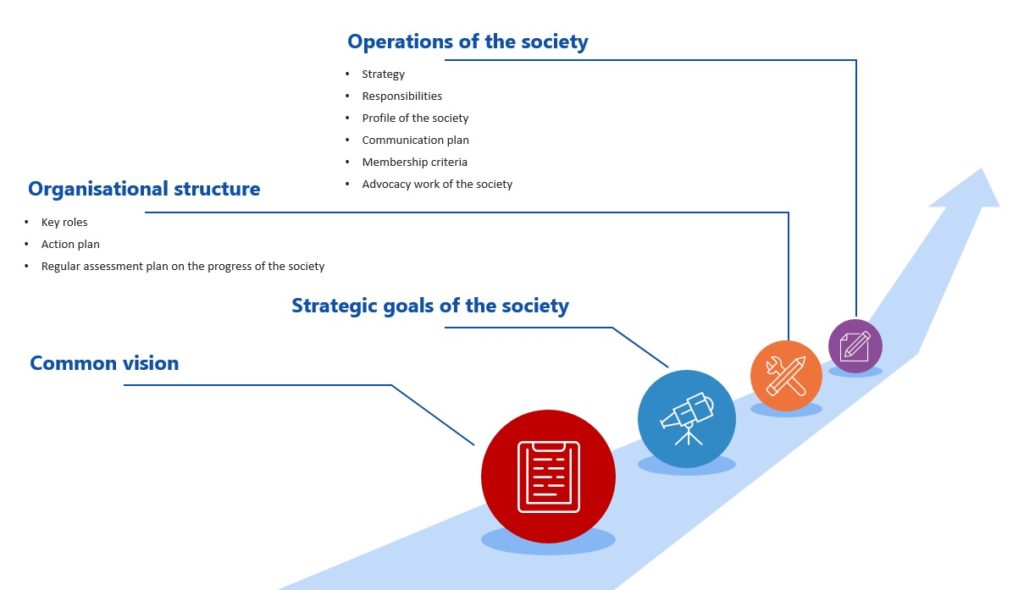Cancer research is a complex and multifaceted field that requires a wide range of expertise and resources. As such, cancer research organizations often have complex and hierarchical structures to ensure that all aspects of the research process are adequately addressed and coordinated.
At the top of the organizational structure is typically a board of directors or a governing body, which is responsible for setting the overall strategic direction and policies of the organization. This group is often made up of experts in the field of cancer research, as well as representatives from relevant stakeholder groups, such as patient advocacy organizations and funding agencies.
Beneath the board of directors is the executive leadership team, which is responsible for implementing the strategic direction set by the board and overseeing the day-to-day operations of the organization. This team is usually made up of senior executives with specialized expertise in areas such as finance, research and development, and fundraising.
Below the executive leadership team are the various departments and divisions that make up the organization. These may include a research division, which is responsible for conducting and coordinating scientific research projects; a clinical trials division, which is responsible for overseeing the testing of new treatments in patients; and a communications and outreach division, which is responsible for promoting the organization's work and engaging with stakeholders.
In addition to these divisions, cancer research organizations may also have a number of other specialized units, such as a data management team, a regulatory affairs team, and a grants and contracts team. These units are responsible for handling specific aspects of the research process, such as collecting and analyzing data, navigating regulatory requirements, and securing funding for research projects.
Overall, the organizational structure of a cancer research organization is designed to ensure that all aspects of the research process are coordinated and integrated, and that the organization is able to achieve its goals and objectives in an efficient and effective manner. By bringing together a diverse range of expertise and resources, cancer research organizations are able to make significant progress in the fight against cancer and improve the lives of patients around the world.
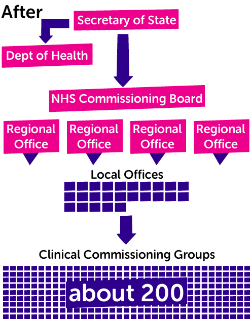
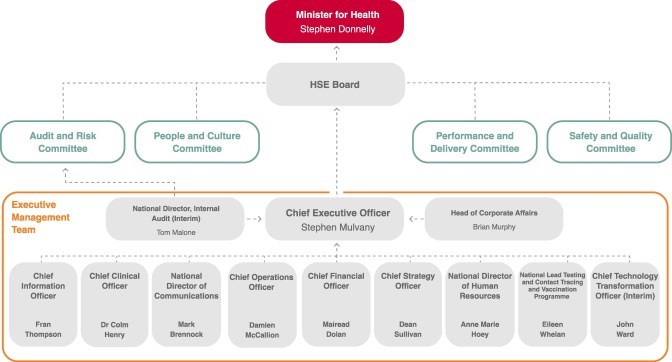
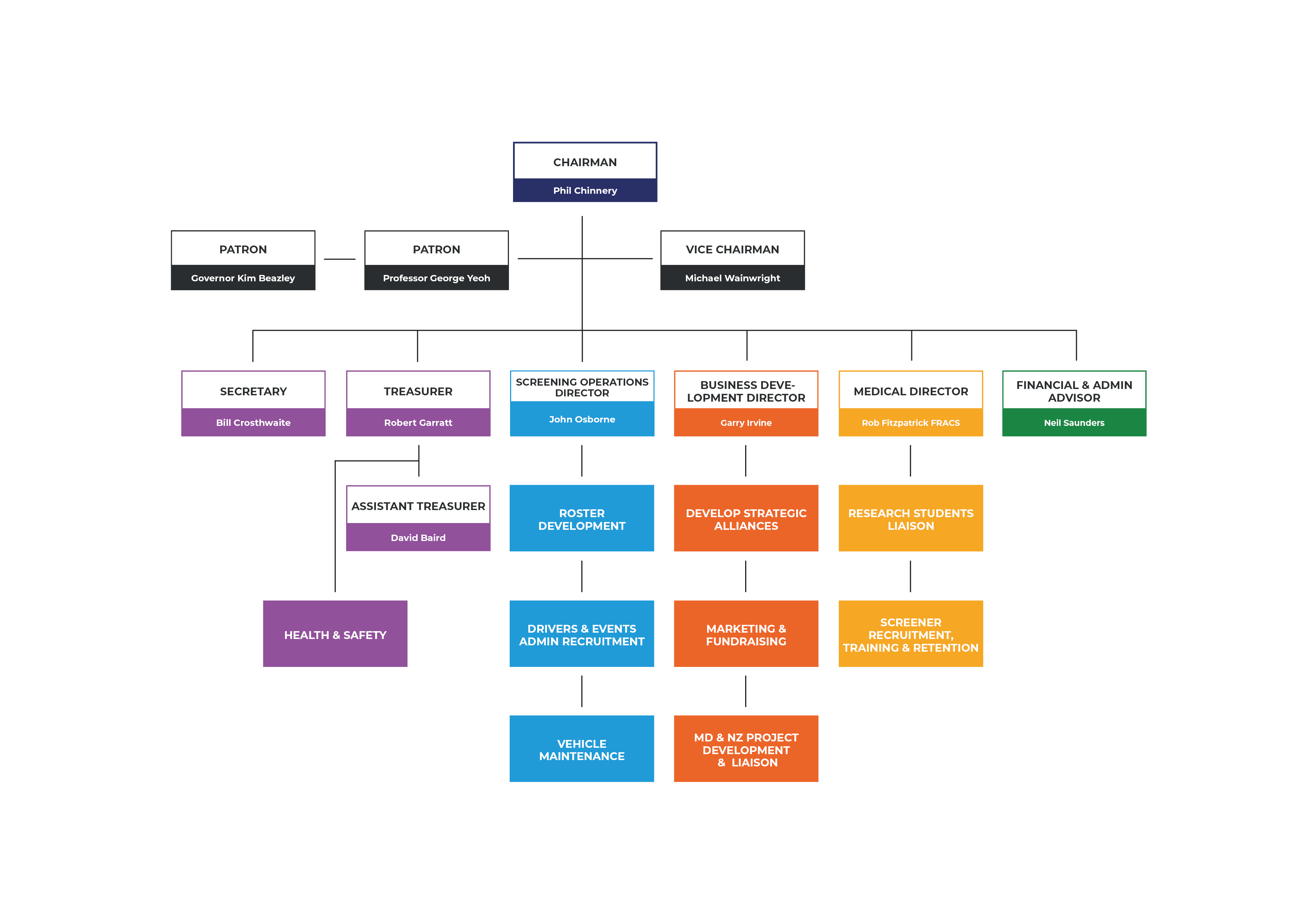
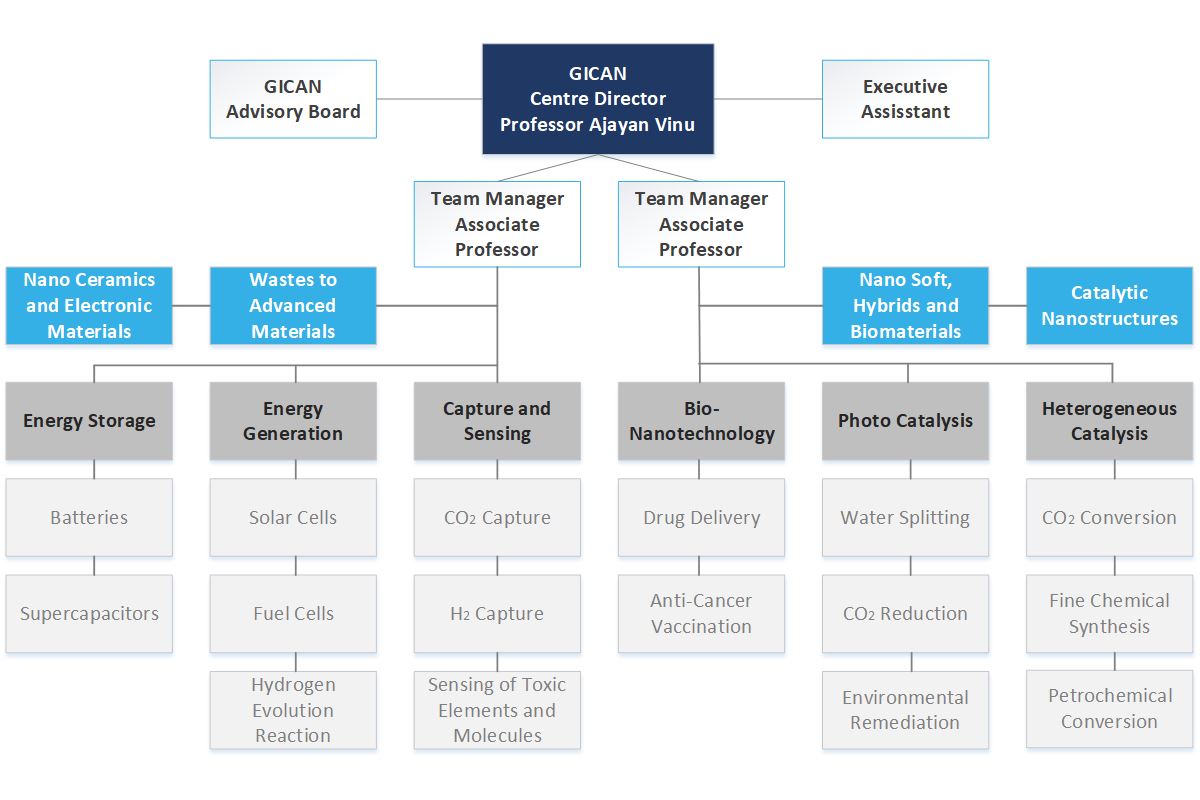

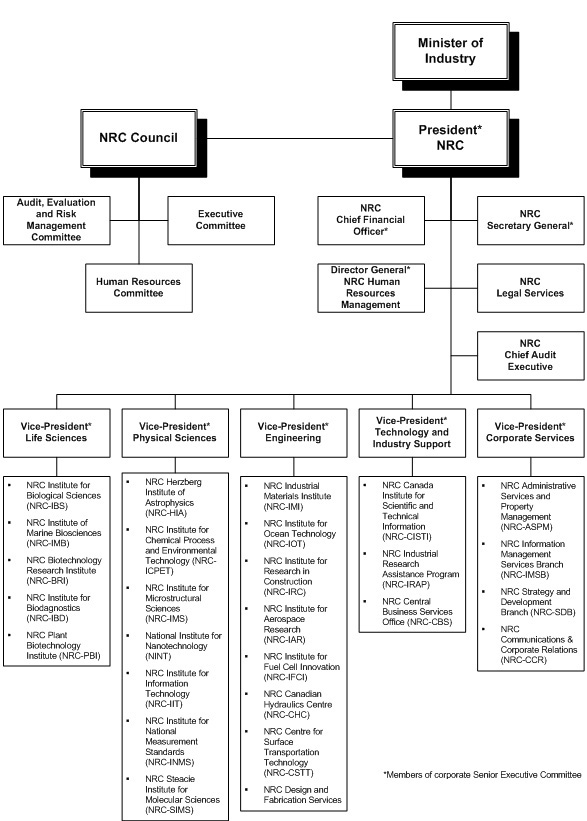
_eng.png)
